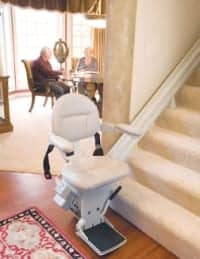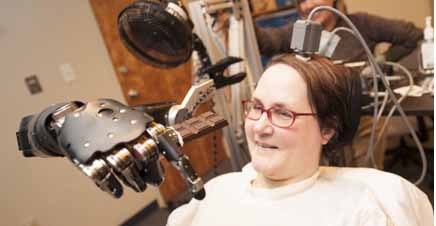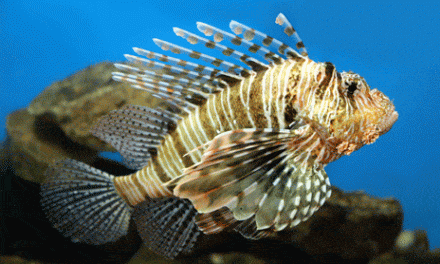The National Science Foundation (NSF) has awarded a 5-year, $8 million grant to three California-based institutions to fund the development of a brain-machine interface to help restore walking ability and lower extremity sensation in spinal cord injury (SCI) patients.
The three institutions sharing the NSF Cyber-Physical Systems Frontier grant—the Keck School of Medicine of the University of Southern California (USC), University of California at Irvine (UCI), and Caltech—will work together to develop the fully implantable interface, designed to transmit commands to a robotic exoskeleton for walking that will, in turn, transmit sensory information back to the brain, according to a media release from Keck School of Medicine of USC.
“The restoration of walking is a very significant goal for patients after spinal cord injury,” says Charles Liu, MD, PhD, principal investigator at the Keck School and professor of clinical neurological surgery and neurology and director of the USC Neurorestoration Center, in the release.
“New solutions are possible with the recent advances in neuroprosthetics and regenerative medicine. We’re at the point where we can create solutions similar in concept to Tony Stark’s Iron Man suit, which is neurally integrated with him. Tony Stark’s brain interacts with the suit, and the suit interacts with his brain. Everything the suit feels, his brain feels. That’s the idea,” he adds.
The first phase of the project will be to decode the signals generated by the brain that tell the legs to walk. Patients with epilepsy who have had electrodes implanted in the brain by Liu as part of their workup for surgical treatment of epilepsy will have brain signals recorded while they are walking.
Zoran Nenadic, DSc, professor of biomedical engineering, and An Do, MD, assistant professor of neurology, from UCI, will then decode these signals to control a wearable robotic exoskeleton, the release explains.
Richard Andersen, PhD, professor of neuroscience at Caltech, will work on methods of generating artificial sensation from the robotic exoskeleton by applying stimulation to the brain using implanted electrodes, allowing patients to “feel” while they walk.
Payam Heydari, PhD, the project’s lead principal investigator and professor of electrical engineering and computer science at UCI, will develop miniaturized electronics to make these processes fully implantable in patients. In the later phases of the project, these concepts will be tested in spinal cord injury patients, the release continues.
“We want to create a paradigm shift for what’s possible for patients who are paralyzed by finding engineering solutions to medical problems,” Liu states.
[Source(s): Keck School of Medicine of USC, Newswise]





